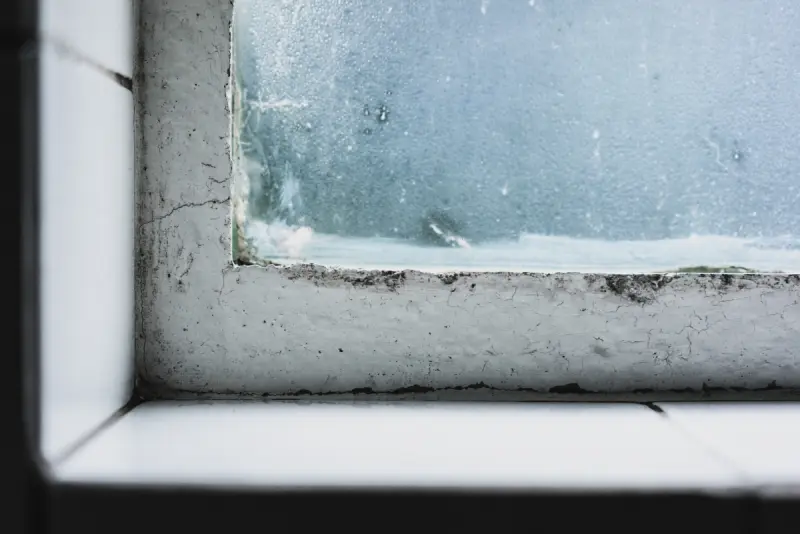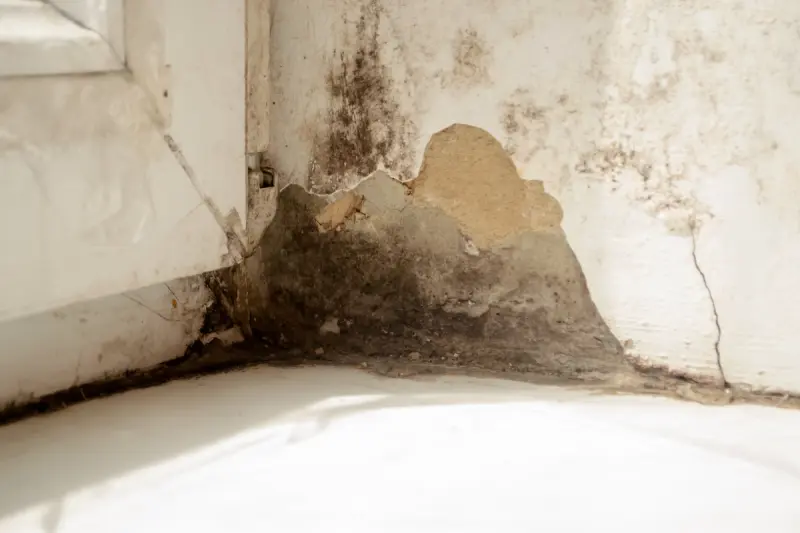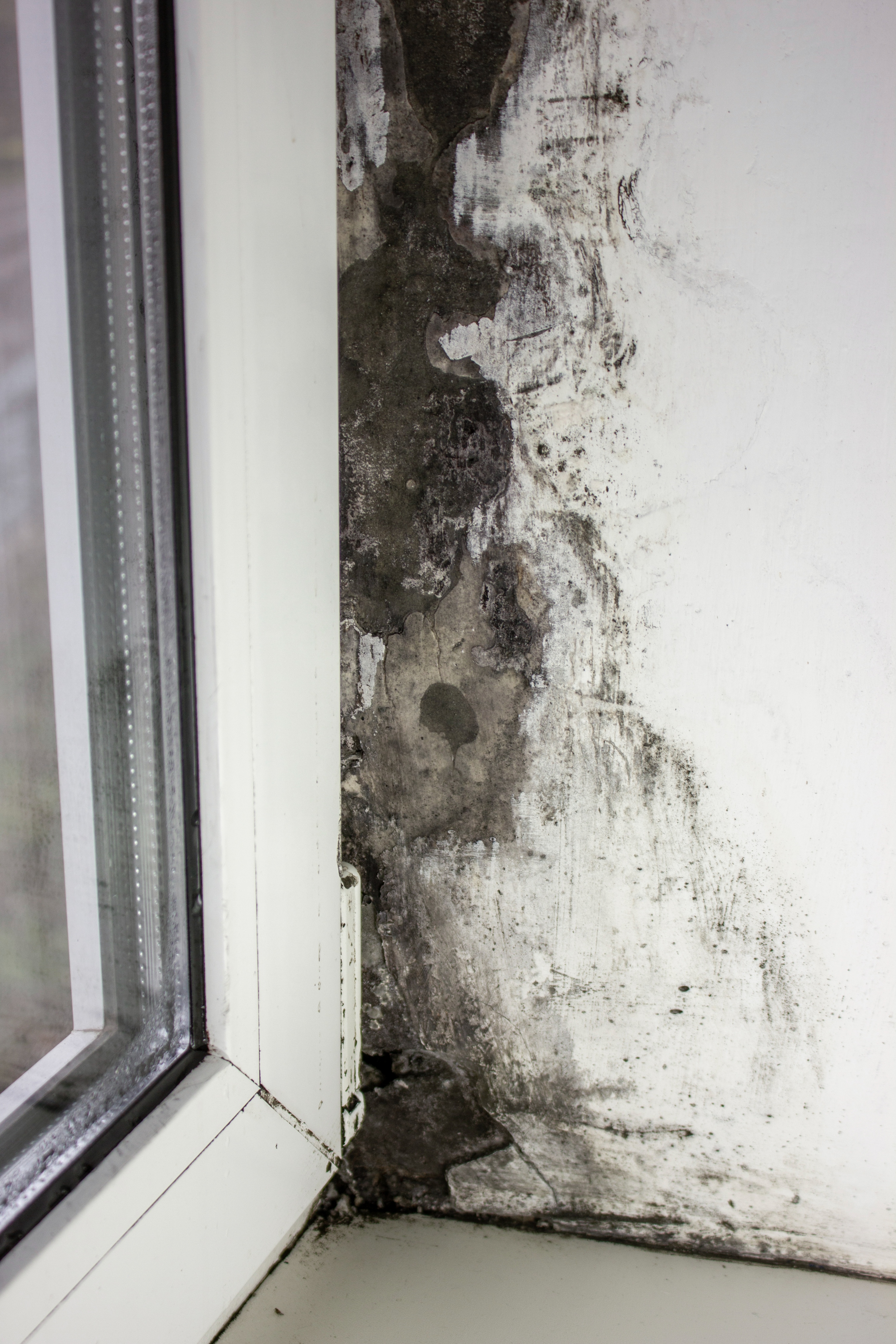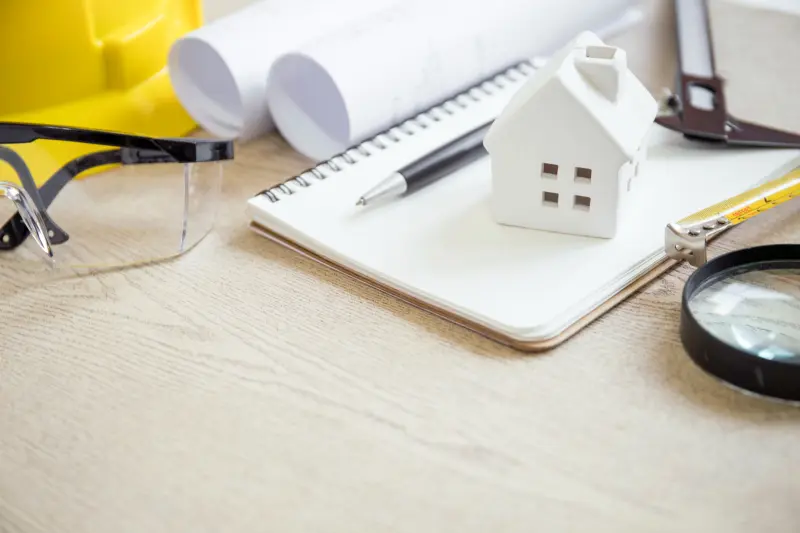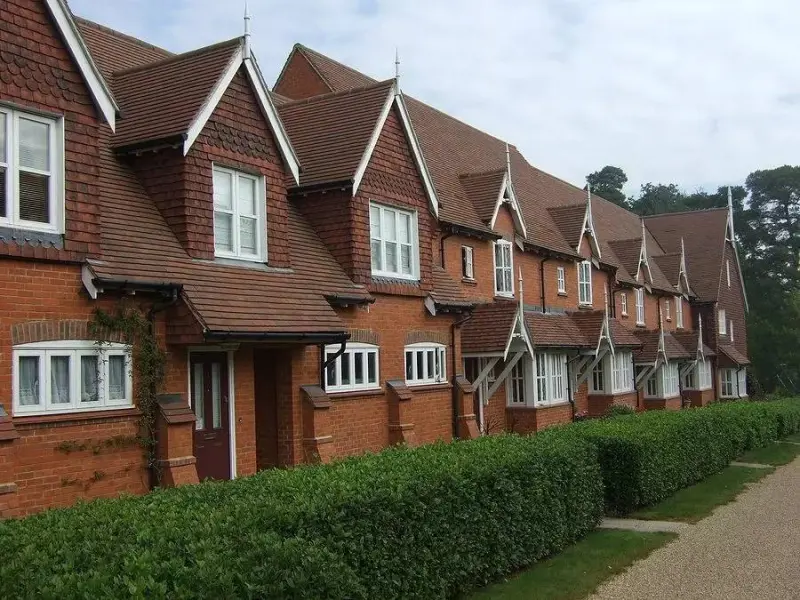Find out what you need to know about dampness in your home. Learn the importance of early detection, explore preventive measures, and gain valuable knowledge to maintain a dry, comfortable home environment.
Types Of Damp
Experiencing dampness in your home is an issue many homeowners face at some point. It's crucial to recognise three primary types of damp that can affect your property; specifically, these are condensation, penetrating damp and rising damp.
Condensation is the most common type of damp and occurs when a moist atmosphere within your home comes into contact with a cold surface, such as a window. The result is the formation of water droplets, which may then trickle down onto walls and create a damp environment.
This moist habitat can foster the growth of mould, presenting potential health risks. Then we have penetrating damp. This form of dampness emerges when there's water infiltration into your home due to structural defects. These could be resultant of damage to your roof or walls, or even poorly fitted windows causing water to seep through. The saturation often manifests as damp patches which might darken when it rains. Thirdly, we have rising damp.
This mostly affects the ground floor in a building and is caused when water from the ground rises through your property's structure because of inadequate or malfunctioning damp-proofing. The damp-proof barrier course may have failed, leaving groundwater free to travel upwards.
Each kind of dampness presents itself differently and needs a unique approach for effective treatment. Therefore, understanding the exact type of dampness affecting your home is the first step towards finding the best solution. Identifying the problem early can help avoid more severe future damage and help keep your home a safe and comfortable space.
Causes of Dampness
Dampness in your home can lead to a host of problems. It's unpleasant to live in damp conditions and it can also lead to health problems and structural damage to your property.
There are several key causes of dampness in the home and understanding these can help you prevent the problem before it becomes too severe. Poor ventilation is a major cause of dampness, particularly in rooms that generate a lot of moisture - such as kitchens and bathrooms.
The moisture in the air from cooking, washing, and even just breathing, can cause a build-up of condensation on windows and walls. If this moisture doesn't have anywhere to go, it can lead to the development of damp and mould.
Another common cause of dampness is a leaking roof. Leaks are a principal cause of what’s known as penetrating damp, whereby rainwater finds its way into the property, saturating the walls and causing damp patches to appear.
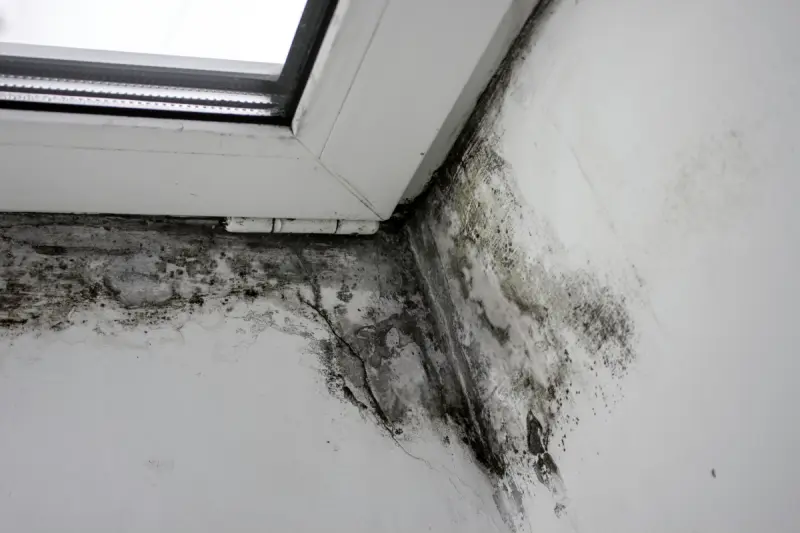
Other structural issues, such as missing or broken tiles or cracks in the brickwork, can also lead to penetrating damp. Other issues to look out for include faulty guttering systems, the absence of a suitable damp-proof course, or high ground levels around the property. Each of these can cause rising damp, which refers to moisture from the ground seeping up into the walls of the building. In summary, there are several issues to look out for if you want to prevent damp in your home.
To limit the risk, make sure your house is well-ventilated, especially in rooms that generate a lot of moisture. Ensure your roof is free of leaks, and that all tiles are in good condition. Pay attention to guttering systems, and make sure your home has a suitable damp-proof course. Finally, check the ground levels around your property - they should not be too high, to prevent rising damp. If you have any concerns, it is always best to seek advice from professionals in the field.
The Signs and Symptoms
Damp issues within a home are generally straightforward to identify, as long as you're familiar with crucial signs to watch out for. The most common indicators of damp can range from visible damp patches appearing on walls or ceilings, which darken whenever it rains, to signs of plaster flaking. In severe cases, you may even notice peeling wallpaper.
Moreover, a distinctive, rather unpleasant, musty smell permeating throughout the home is typically a clear sign of mould growth, which is usually a result of dampness. If you notice such an odour, it's highly advisable to inspect your property for further indications of damp. Different types of damp display different symptoms. For instance, if you experience condensation within your property, it's likely you’ll notice wetness on windows and nearby walls in the affected area.
On the other hand, penetrating damp often leaves behind unmistakable watermarks. These watermarks can track the path of the water through your home, helping you identify the source of the issue. The clues of rising damp are usually seen around the ground level. These conditions often exhibit symptoms such as warped skirting boards, or tide marks left by evaporating groundwater. If you spot any such signs in your home, it's crucial to contact professionals as soon as possible.
DIY Damp-Proofing Methods
DIY damp-proofing methods can help you tackle slight dampness challenges in your home cost-effectively. There are several simple ways to do this.
One reliable method to reduce dampness is improving the ventilation inside your residence. Regularly opening windows can significantly facilitate air circulation, reducing the chances of damp patches.
Another effective measure is to install extractor fans, particularly in rooms that are highly prone to moisture like bathrooms and kitchens. An extractor fan works by pulling out the steam and moisture generated, which would otherwise settle on your walls and cause dampness.
Fixing minor leaks can also be a part of your DIY damp-proofing project. Small leaks, if left unattended, can result in a build-up of moisture.

So, a timely fix can prevent a small problem from snowballing into a major damp issue. Additionally, you can use moisture-absorbing products, widely available in hardware shops. These products are designed to absorb surplus water present in the room's atmosphere, thereby reducing the chances of damp formation.
However, please note that these DIY methods are preferable for minor damp problems only. If you are dealing with a more significant or persistent damp problem, professional intervention might be needed. Experts can provide a comprehensive damp-proofing service.
When To Call The Professionals
Keep an eye out for persistent and widespread damp patches, signs of mould growth, flakes of plaster or peeling wallpaper in your home. If you spot these, it could be an indication that professional help is urgently needed. Over time, untreated damp can cause significant harm to your property, so responding swiftly is essential in ensuring your home is protected.
Attempted DIY approaches might not always provide enduring solutions, particularly when the damp problem has infiltrated the structure of your property. A situation like rising damp or severe leaks requires expert intervention.
In such scenarios, professionals can conduct a meticulous inspection, provide an accurate diagnosis and put forward a comprehensive and effective treatment plan to tackle the dampness. Routine checks for signs of damp can help prevent damage and save you from costly repairs in the future.
Check for patches of damp on walls and ceilings and signs of deterioration, such as mould growth, crumbly plaster and peeling wallpaper. Take note of musty or unpleasant smells, often an early symptom of damp.
Beware of changes in wall texture, such as blistering paint or crumbling plaster. It's important to remember that dampness doesn't only impact the aesthetic condition of your property. It can also give rise to serious health concerns if left unresolved. For instance, dampness and mould can lead to respiratory problems, allergies and other health issues. Even if initially the signs seem minor, swift action and professional help can prevent development into a larger problem.
If you've noticed signs of damp in your home, it's advisable to take immediate action. Delays in addressing damp problems can lead to more extensive damage and greater expenditure in the long run. As soon as you spot any hints of damp, reach out to professionals.
They can help you identify the source of the damp, provide a comprehensive diagnosis, and implement an effective strategy. Safeguard your home and health by taking prompt action against dampness.

Signs Of Damp In Your Home

How To Damp Proof Your Home
At Above Water Damp Proofing Ltd we are trained professionals when it comes to damp. We understand that damp removal and damp-proofing your property can be costly - which is why we provide a range of damp-proofing services at a fair price. Learn more about damp control in Windsor, Slough, Berkshire & Surrey.

